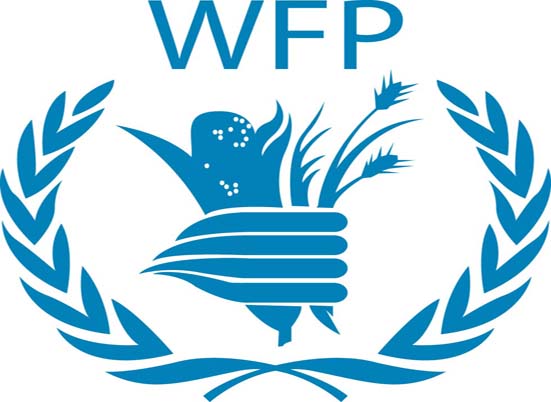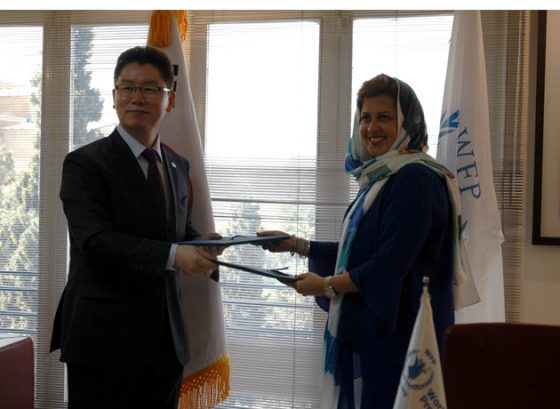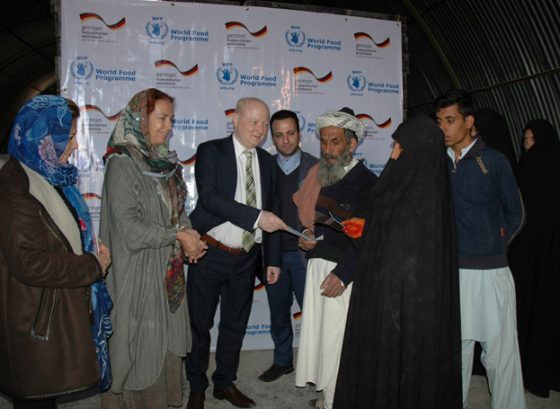Art awareness to defeat hunger

In Dubai, 32 contemporary artists from the region, mostly Iranians, highlight the plight of millions of starving people in the Middle East.The world produces enough food to feed everyone. World agriculture produces 17 per cent more calories per person today than it did 30 years ago, despite a 70 per cent population increase. This is enough to provide at least 2,720 kilocalories (kcal) per person per day. The principal problem is that many people do not have sufficient land to grow, or income to purchase sufficient food, reports the Food and Agriculture Organization, AVA Diplomatic Reports.According to the World Food Programme, there are 870 million undernourished people in the world today. That means one in eight people do not get enough food to be healthy and lead an active life. Hunger and malnutrition are in fact the number one threat to global health — greater than AIDS, malaria and tuberculosis combined.
To counter this, UN’s WFP and UAE’s art community have collaborated to bring this burning issue to the forefront in the form of a stunning array of artworks on display in Dubai at Farjam Collection’s aptly called AWARE exhibition which is on till March 7 followed by an auction with all proceeds donated to the WFP.
And the message rings loud and clear – food to feed the body, art to feed the soul.
Of the 32 art pieces including paintings, sculptures, photography and calligraphy, there’s works of Marwa Adel, the 28-year-old Egyptian who combines photographs with graphic design. Thirty-year-old Ramy Dozy’s acrylic on canvas crocodile called Lacoste showcases the Hyperréalisme Movement in Egypt. Thirty-one-year-old Iranian, Shahrokhi, exhibits his clay and green paint dragon sculpture, which talks of the Ming dynasty. Artists who belong to the older generation showcase relics of what is still the contemporary Iranian Art movement like the works of pioneer and acclaimed master Ahmad Esfandiari, painter and children’s book renowned illustrator Parviz Kalantari, and multimedia artist Faride Lashayi.
“I’m vouching for Farideh Lashai’s piece,” says Omar Donia, art advisor of UN-WFP, adding, “She’s one of the most important living artists in Iran today and she donated the piece after making even the frame herself. We expect that this piece should be fetching anything from $15,000 to $20,000 — all proceeds going to WFP.”
These artists who have donated their works themselves hail from countries in need of humanitarian aid.
We’re on a mission to show you the real Middle East.
Elise Bijon, WFP partnerships manager for the Middle East, North Africa, Central Asia and Eastern Europe, says that 2.5 million children take part in its school food programme throughout the region.
In the Middle East, WFP is very active at emergency and development levels. In emergencies, especially in countries like Syria and Yemen, short-term food assistance is given where the WFP is providing life-saving food assistance. She reveals, “We are feeding 1.5 million people in Syria but we are also providing food assistance to hundreds of thousands of refugees in neighbouring countries like Turkey, Iraq, Lebanon Jordan and now Egypt too.”
From the UAE, the WFP looks to the main emergency response hub in the region. There’s a United Nations Humanitarian Response Depot and procurement service unit in Dubai and a United Nations Humanitarian Aviation Service unit in Sharjah.
“Yemen is one of the countries in the region that has the worst child malnutrition rates in the world,” Bijon says. WFP also provides food aid to Palestine, Iraq, Egypt, Yemen and Sudan from the humanitarian hub in Dubai.
In Iran, the WFP aims to address the basic food needs of refugees, strengthen their coping mechanisms, and support their efforts to achieve food security through a prolonged relief and recovery operation. As of December 2012, approximately 950,000 Afghans and 50,000 Iraqi refugees were living in Iran, representing a large burden on the local economy. The government of the Islamic Republic of Iran has designated specific areas where refugees can live. Some 30,000 Iraqi and Afghan refugees living in 18 settlements located in the designated areas in 12 provinces benefit from the WFP food assistance.
Negar Gerami, Country Director of WFP Iran comments, “The schools feeding programme is a very effective incentive for poor parents to send their wards to school and keep them there and also allows the children to focus on education rather than on their stomachs. We provide monthly take-home rations like a tin of vegetable oil to the families of about 3,000 primary and secondary refugee schoolgirls. These family rations are linked to regular school attendance,” she adds. Also, female teachers at refugee camps get four litres of vegetable oil every month.
Many of these artworks propagate the ground realities in conflict zones, the condition of refugees, what troubles they face, what you and I can do to help, and, as Farhad Farjam, founder of the Farjam Collection says, “It is a distressing truth that as we enter the year 2013 tens of millions of people across the world continue to suffer from that most basic and cruel of human afflictions: hunger. Art has always sought to confront us with the painful realties of our existence, to challenge us and inspire our sense of compassion.”




